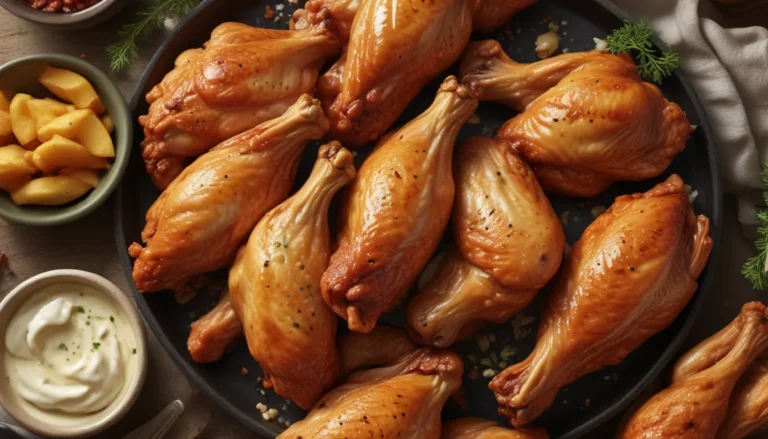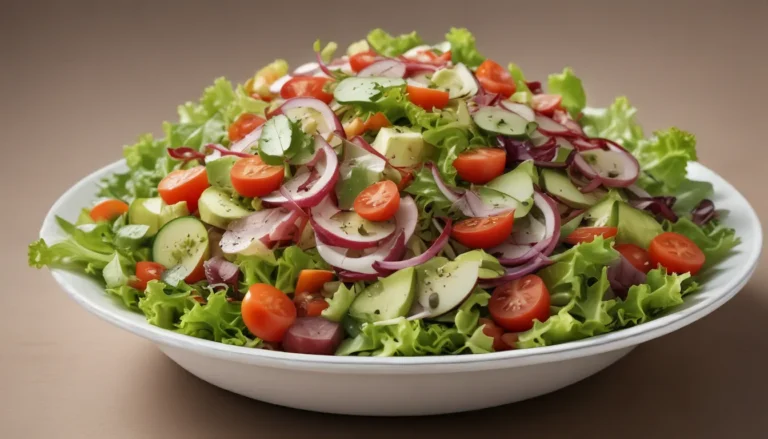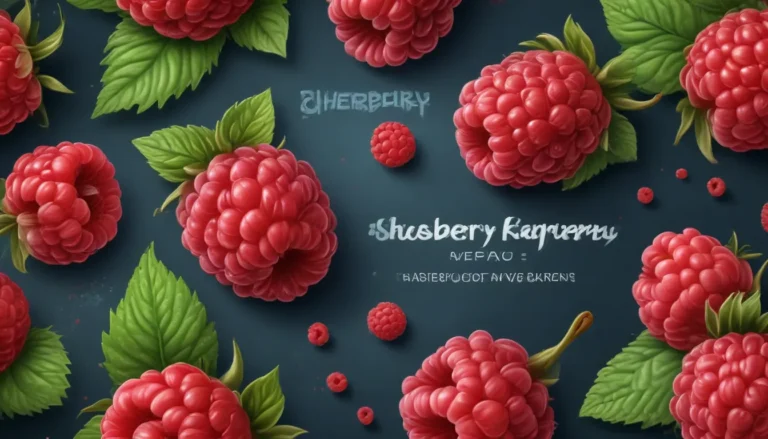The pictures in our articles might not always show exactly what the text is talking about. We use these images to make the article more interesting and eye-catching. They are there to add to the text, but not to replace it or show every detail.
If you're a food enthusiast looking to explore new flavors and ingredients, then Gula Melaka is a must-try for your culinary journey. This unique and flavorful ingredient, also known as palm sugar or coconut sugar, is a staple in Southeast Asian cuisine, particularly in countries like Malaysia and Singapore. Derived from the sap of the coconut palm tree, Gula Melaka has a rich history and a wide range of culinary uses that make it a versatile and delightful addition to any dish.
The Versatile Palm Sugar: Gula Melaka in Southeast Asian Cuisine
Gula Melaka, also known as palm sugar, is made from the sap of palm trees, specifically the coconut palm and the arenga pinnata palm. It is a popular ingredient in various desserts, beverages, and savory dishes across Southeast Asia. Known for its distinctive flavor and rich caramel-like taste, Gula Melaka adds a unique depth of flavor to both sweet and savory dishes.
The Sweet and Smoky Delight: Gula Melaka’s Distinct Flavor
One of the most remarkable characteristics of Gula Melaka is its deep, complex flavor profile. With its sweet and smoky taste, it is a standout ingredient that elevates the taste of any dish or dessert it is added to. The pronounced caramel-like taste of Gula Melaka makes it a favorite among chefs and food enthusiasts alike.
Sweetness with Benefits: Gula Melaka as a Natural Sweetener
Due to its intense sweetness, Gula Melaka is often used as a healthier alternative to refined sugar. It has a lower glycemic index and contains essential minerals such as potassium, iron, and zinc, making it a nutritious choice for those looking to sweeten their dishes naturally.
- Lower glycemic index compared to regular sugar
- Rich in essential minerals like potassium, iron, and zinc
From Tradition to Modern Fusion: Gula Melaka in Culinary Delights
Gula Melaka is a key ingredient in many traditional Southeast Asian desserts, including popular treats like cendol, onde-onde, and kueh dadar. Its sweet and fragrant qualities enhance the taste of these beloved dishes, showcasing the versatility of this unique palm sugar.
- Commonly used in traditional Southeast Asian desserts
- Adds sweet and fragrant notes to culinary creations
A Journey from Sap to Sweetness: The Making of Gula Melaka
The process of making Gula Melaka involves extracting the sap from palm trees and boiling it until it thickens. The thickened sap is then left to cool and solidify into blocks or molded into cones or discs, creating the distinct dark brown sugar known as Gula Melaka.
- Extracted from palm tree sap
- Boiled and solidified into blocks or cones
Sticky Sweetness: Gula Melaka’s Texture and Color
Gula Melaka is characterized by its deep brown color, a result of the caramelization of sugars during the boiling process. It has a slightly sticky texture that adds a delightful chewiness to desserts, enhancing both the visual appeal and mouthfeel of dishes it is used in.
- Deep brown color from caramelization
- Slightly sticky texture for a delightful chewiness
A Sweet Note in Malaysian Delicacies: Gula Melaka in ABC (Ais Batu Campur)
In the famous Malaysian dessert ABC (Ais Batu Campur), Gula Melaka plays a crucial role in adding sweetness and flavor to the shaved ice delicacy. Drizzled over the ice along with other ingredients like red beans, grass jelly, and corn, the Gula Melaka syrup enhances the overall taste of this popular dessert.
- Adds sweetness and aroma to ABC dessert
- Drizzled over shaved ice for added flavor
Syrupy Sweetness: Gula Melaka Sauce for Pancakes and Waffles
By melting Gula Melaka with a bit of water and stirring it to create a syrup-like consistency, you can make a delicious sauce that pairs perfectly with pancakes, waffles, and even French toast. The unique flavor profile of Gula Melaka adds a special touch to breakfast favorites.
- Create delicious syrup for breakfast dishes
- Pairs well with pancakes, waffles, and French toast
Beyond Sweetness: Gula Melaka in Savory Creations
While Gula Melaka is commonly associated with desserts, it can also be used in savory dishes like curries and marinades. Its complex sweetness adds a hint of depth and balance to the flavors of savory dishes, making it a versatile ingredient in both sweet and savory cooking.
- Adds depth and balance to savory dishes
- Versatile ingredient in cooking and baking
Long-lasting Sweetness: Storing Gula Melaka
Thanks to its high sugar content, Gula Melaka has a long shelf life when stored properly in an airtight container. With the right storage conditions, Gula Melaka can last for several months without losing its flavor or quality, making it a convenient and versatile ingredient to have on hand.
- Long shelf life when stored correctly
- Maintains flavor and quality for extended periods
From Traditional Treats to Global Palates: Gula Melaka’s Rising Popularity
As interest in Southeast Asian cuisine grows, Gula Melaka is gaining recognition and popularity in international culinary circles. Chefs and food enthusiasts around the world are discovering the unique taste and versatility of Gula Melaka, incorporating it into their creations to add a touch of Southeast Asian charm.
- Increasing popularity in international cuisine
- Embraced by chefs and food lovers worldwide
The Sweet Side of Spirits: Gula Melaka in Alcoholic Beverages
In some Southeast Asian countries, Gula Melaka is fermented to produce traditional alcoholic drinks like toddy and palm wine. These beverages inherit the natural sweetness of Gula Melaka, adding a unique flavor profile to these traditional drinks enjoyed across the region.
- Used in the production of toddy and palm wine
- Imparts natural sweetness to alcoholic beverages
A Flavorful Journey: Exploring the World of Gula Melaka
With its distinct flavor, rich history, and wide range of culinary uses, Gula Melaka is a versatile and delightful ingredient that deserves a special place in your pantry. Whether you're experimenting with traditional Southeast Asian desserts or adding a unique twist to your savory dishes, Gula Melaka offers a world of culinary possibilities waiting to be explored.
In Conclusion: Gula Melaka, A Sweet Touch to Culinary Creations
Gula Melaka, also known as palm sugar, is a versatile and flavorful ingredient that has captured the hearts and taste buds of food enthusiasts around the world. From its rich history to its numerous health benefits, Gula Melaka brings a touch of Southeast Asian charm to a variety of dishes and desserts, making it a must-have in any kitchen.
FAQs: Answers to Common Questions About Gula Melaka
-
What is Gula Melaka?
Gula Melaka, also known as palm sugar, is a type of sugar made from the sap of palm trees, often used in Southeast Asian cuisine for its rich and caramel-like flavor. -
How is Gula Melaka made?
Gula Melaka is made by extracting sap from palm trees and boiling it until it thickens and solidifies into blocks or granules, ready for culinary use. -
What dishes can Gula Melaka be used in?
Gula Melaka is incredibly versatile and can be used in a wide range of dishes, from traditional desserts to savory curries and marinades. -
Is Gula Melaka a healthier alternative to regular sugar?
Gula Melaka is considered a healthier alternative to refined sugar due to its lower glycemic index and higher nutritional content, making it a nutritious choice for sweetening dishes. -
Where can I buy Gula Melaka?
Gula Melaka can be found in most Asian grocery stores or online in block or granulated form, ensuring you have access to this delightful ingredient for your culinary adventures. -
How should I store Gula Melaka?
To preserve the flavor and quality of Gula Melaka, store it in an airtight container in a cool, dry place away from direct sunlight, ensuring it remains fresh and ready for use. -
Can Gula Melaka be substituted with other sugars?
While Gula Melaka has a unique flavor, it can be substituted with other sugars like brown sugar or coconut sugar in certain recipes, offering flexibility in your culinary creations. -
Are there vegan or vegetarian Gula Melaka options?
Yes, there are vegan and vegetarian options of Gula Melaka available, allowing individuals with dietary preferences to enjoy the sweet and flavorful benefits of this ingredient. -
Can Gula Melaka be used in beverages?
Gula Melaka can be used to sweeten beverages like coffee, tea, and smoothies, adding a unique depth of flavor that enhances the overall taste of your favorite drinks. -
How long does Gula Melaka last?
With proper storage, Gula Melaka can last for an extended period, typically 6 to 12 months, ensuring you can enjoy the sweet and rich flavor of this ingredient in your culinary creations.
Seeking Authenticity in Every Fact
Our commitment to delivering the most accurate and engaging content is at the core of what we do. Each fact presented on our site is contributed by real users like you, offering a diverse range of insights and information. To maintain the highest standards of accuracy and credibility, our dedicated editors meticulously review each submission, ensuring that the facts we share are not only fascinating but also reliable. Trust in our dedication to quality and authenticity as you explore and learn with us.
In conclusion, the world of Gula Melaka is a fascinating and flavorful journey waiting to be explored. With its unique taste, versatility, and cultural significance, Gula Melaka is a delightful ingredient that adds a touch of Southeast Asian charm to any dish. Whether you're a seasoned chef or an amateur food enthusiast, Gula Melaka is a must-try ingredient that will elevate your culinary creations to new heights. So, dive into the world of Gula Melaka and experience the sweet and savory delights it has to offer!






